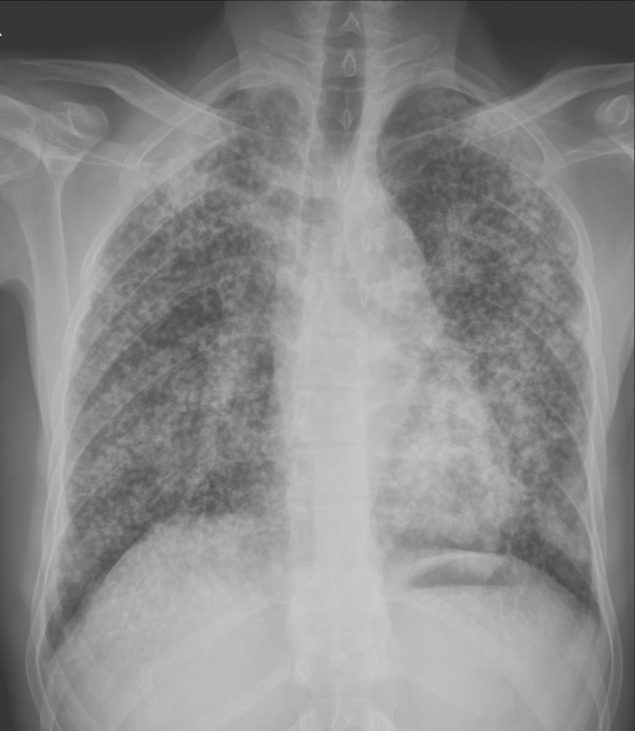
The U.S. Department of Labor announced a proposal by its Mine Safety and Health Administration (MSHA) to amend current federal standards to “better protect the nation’s miners from health hazards related to exposure to respirable crystalline silica, or silica dust.” The proposed rule change will ensure miners have at least the same level of protections as workers in other industries.
“Unhealthy levels of silica, a carcinogen, and exposures over time cause severe illnesses, including silicosis; progressive massive fibrosis; non-malignant respiratory disease, such as emphysema; kidney disease; and lung cancer,” DOL stated. “Exposure to mixed coal mine dust that contains respirable crystalline silica can lead to the development of coal workers’ pneumoconiosis, commonly known as black lung disease; multi-dust pneumoconiosis; and progressive massive fibrosis.”
The proposed rule would require mine operators to maintain miners’ Permissible Exposure Limit to respirable crystalline silica at or below 50 micrograms per cubic meter of air for a full shift exposure, calculated as an eight-hour time weighted average. If a miner’s exposure exceeds the limit, the proposed rule would require operators to take immediate corrective actions to come into compliance.
“The purpose of this proposed rule is simple: prevent more miners from suffering from debilitating and deadly occupational illnesses by reducing their exposure to silica dust. Silica overexposures have a real-life impact on a miner’s health,” explained Assistant Secretary for Mine Safety and Health Chris Williamson. “Miners like a crusher operator at a California sand and gravel mine or a roof bolter in a West Virginia coal mine should never be forced to choose between preserving their health and providing for themselves and their families. This proposed rule furthers the Mine Act’s clear instruction to prioritize miners’ health.”
In addition to reducing the existing exposure limit, the proposal also includes other requirements to protect miners’ health – such as exposure sampling – and medical surveillance at no cost for metal and nonmetal miners. It would also replace existing outdated requirements for respiratory protection with a standard that reflects the latest advances in respiratory protection technologies and practices.
Following the proposed rule’s publication in the Federal Register, MSHA will welcome public comments and announce dates for upcoming public hearings in Arlington, Va., and Denver. The hearings will be open for in-person or online participation.
“A strong new silica dust standard will be an important protection for coal miners across the country,” said Wes Addington, executive director of the Appalachian Citizens’ Law Center. “The evidence is clear that silica dust is responsible for the ongoing black lung epidemic in Central Appalachia, and that’s why we’ve been fighting for an evidence-based silica standard that curbs exposure to this deadly toxin for more than a decade.”
National Stone, Sand & Gravel Association (NSSGA) President and CEO Michael Johnson issued the following statement on the release of the proposed silica rule.
“While we are reviewing the totality of MSHA’s proposed silica rule just released today, the rule contains changes we anticipated, including a lowering of the Permissible Exposure Limit (PEL) from 100 µg/m3 to 50 µg/m3; the implementation of engineering controls followed by administrative controls to meet the PEL; exposure sampling; and medical surveillance.
“We are pleased to find the proposed rule includes PPE as an acceptable control measure for compliance. However, there are some areas where the proposal needs to be improved. We are disappointed to see that the rule does not include a ‘Table 1,’ similar to OSHA’s silica standard for construction. We also disagree with the inclusion of an action level of 25,” Johnson said.
“NSSGA plans to prepare comments for submission to urge MSHA to make necessary improvements to the rule once the proposal is published in the Federal Register. We will also urge MSHA to provide sufficient time between the final rule and the effective date of the rule for the mining community, particularly the small operators, to come into compliance. We appreciate MSHA’s efforts and look forward to continuing to work with them to improve this proposal,” Johnson concluded.
Developing … This story will be updated as more information becomes available.
